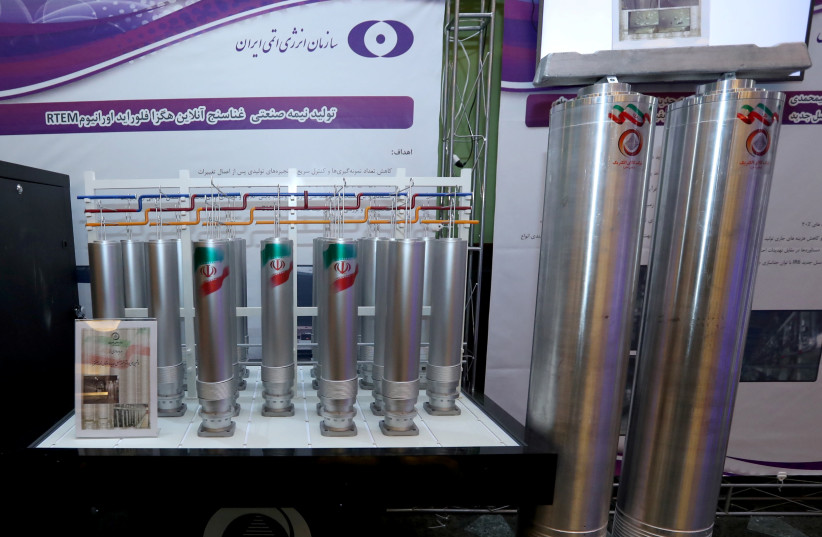Iran is building a new 300-megawatt nuclear power plant along the Karun river in the southwest of the country, the Atomic Energy Organization of Iran announced on Saturday.
The nuclear power plant will use a pressurized water reactor system and function off of uranium oxide enriched to about 4%.
Mohammad Eslami, the head of the Atomic Energy Organization of Iran, launched the construction of the plant in Darkhovin, located about 70 kilometers south of Ahvaz in the Khuzestan Province.
The plant will take about eight years to complete and cost about $2 billion. The mechanical equipment used in the plant will be built by domestic companies.
"The construction of this power plant is an old program that was stopped for years due to the bad faith of foreigners who abandoned the work, and today the first part of its operation including the preparation of the land for the construction of the site and the main building of the power plant, began," said Eslami on Saturday.

“With the construction of this power plant, which is carried out using the maximum power and internal capacity, a new chapter will be opened in the capacity of the nuclear industry and technology and the construction of an atomic power plant, and we hope to be able to promote this industry in the country.”
Mohammad Eslami, head of the Atomic Energy Organization of Iran
"With the construction of this power plant, which is carried out using the maximum power and internal capacity, a new chapter will be opened in the capacity of the nuclear industry and technology and the construction of an atomic power plant, and we hope to be able to promote this industry in the country."
The plant at the Darkhovin site was originally planned by the Shah in 1979, with the French company Framatome planning to build two 950-megawatt reactors at the site, but the contract was canceled after the Islamic Revolution. The parts intended for the reactors were instead used in France.
In 1992, Iran reached an agreement with China to build two 300-megawatt reactors at the site, but China withdrew from the agreement as well.
In April, Eslami revealed a strategic document on Iran's nuclear plans for the next 20 years, which included plans to build a 360-megawatt reactor at Darkhovin. In total, Iran hopes to produce 10,000 megawatts from nuclear power plants in multiple locations throughout the country within 20 years.
Iran's nuclear program continues to expand
Iran has one operational nuclear power plant located in Bushehr. Two new reactors are being built at the Bushehr plant, with the expected completion dates set for 2024 and 2026.
In June, Eslami announced that Iran was building a new nuclear research reactor in Isfahan. The research reactor, which will be able to test fuel for other reactors, will be built at the Isfahan Nuclear Technology Center, one of the country's largest nuclear facilities. Eslami stated that the project is "completely indigenous and Iranian."
Eslami stressed at the time that the main issue regarding the advancement of Iran's nuclear program is to increase the capacity of domestic power plants. The IAEO head added that the country is examining sites, especially in southern Iran, that could serve as favorable locations for new nuclear power plants.
In June, some of the surveillance cameras used by the International Atomic Energy Agency (IAEA) were removed from the Isfahan site.
